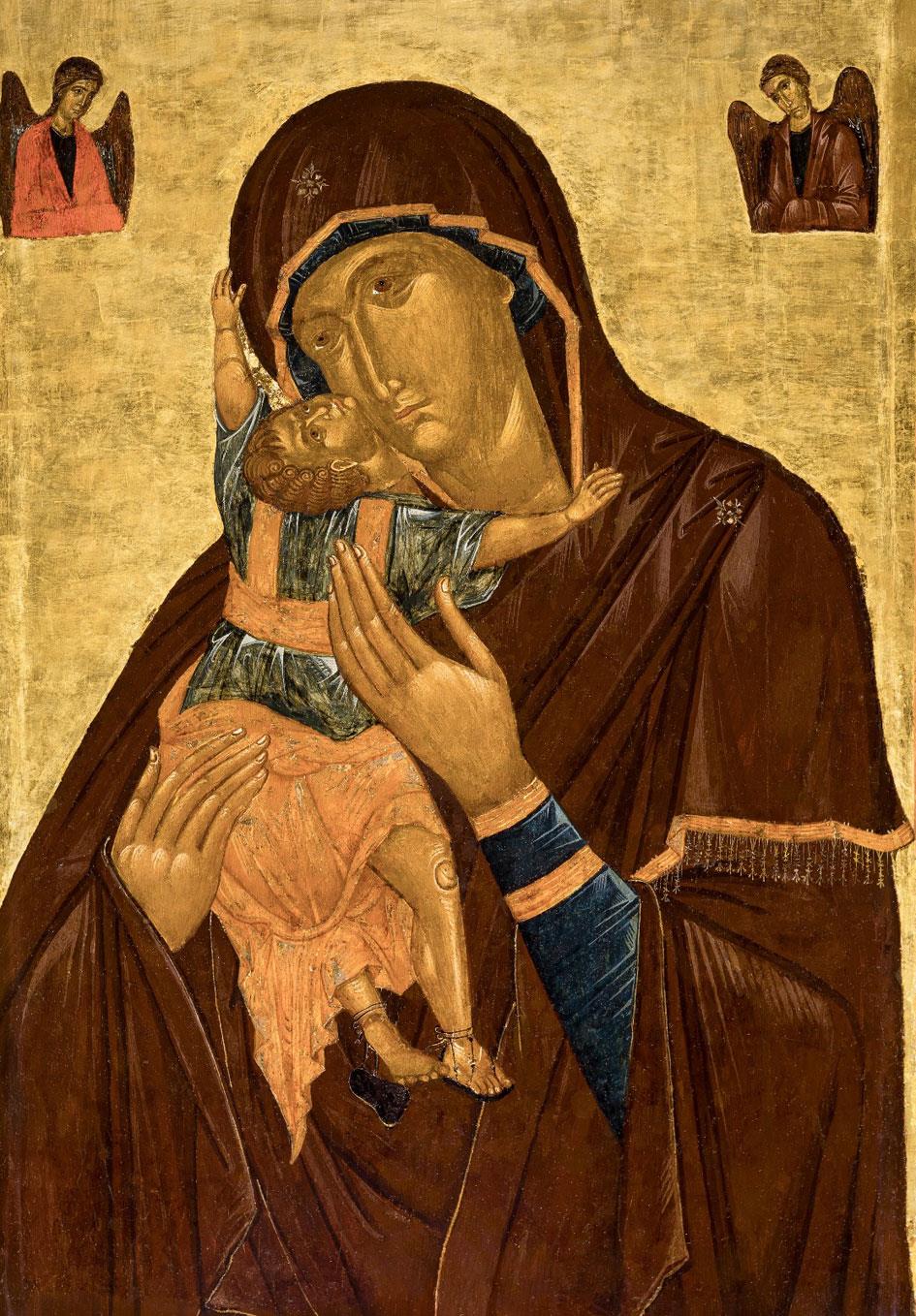Studies conducted by Heritage Malta's Diagnostic Science Laboratories have established that an icon venerated at the Chapel of Our Lady of Damascus in Birgu is in fact much older than originally thought.
The icon, measuring 101.8 × 70.9 cm, now known to have been manufactured around the end of the 13th century and the start of the 15th century, has great historical and theological value due to it being an original and not a replica. The Byzantine icon shows Our Lady wearing the cloak of an empress, with two out of three stars visible, a symbol of her perpetual virginity. The figure of Baby Jesus is distinguished by the sweet manner in which he is hugging his mother, his gaze fixed on her and his chin tenderly touching her face. The archangels Michael and Gabriel feature on the top part of the icon.

Paint analysis shed new light on the materials used, both the original ones and those from historical restorations. The canvas was identified as linen, while the wooden panel was identified as cedar. The latter suggests, circumstantially, an origin fro m the Eastern Mediterranean.
However, the most significant scientific breakthrough was related to the manufacturing date of this icon. Through carbon dating, the canvas and the wood were dated to the 13th-15th centuries AD.
Thanks to this new knowledge, the icon's historical significance has been strengthened. Following the results of the scientific studies, and in agreement with H.E. the Archbishop of Malta and the Papas of the Greek Catholic Community in Malta, it was decided that the icon, known for hundreds of years as 'Damaxxena' ('Damascene'), will now be officially titled 'Sidtna Marija tat-Tgħanniqa Ħelwa' ('Our Lady of the Sweet Hug'). The reason is that the results clearly show that the icon was not made in 1587, as originally thought, but is surely much older and possibly one of the treasures brought to Malta by the Knights in 1530.
The Diagnostic Science Laboratories were approached by Prevarti Ltd and the Collegiate Church of Saint Lawrence, Birgu, to carry out these investigations. The scientific results were presented to the public at the Collegiate Church of Saint Lawrence, in the presence of the Archbishop of Malta, Monsignor Charles Scicluna.